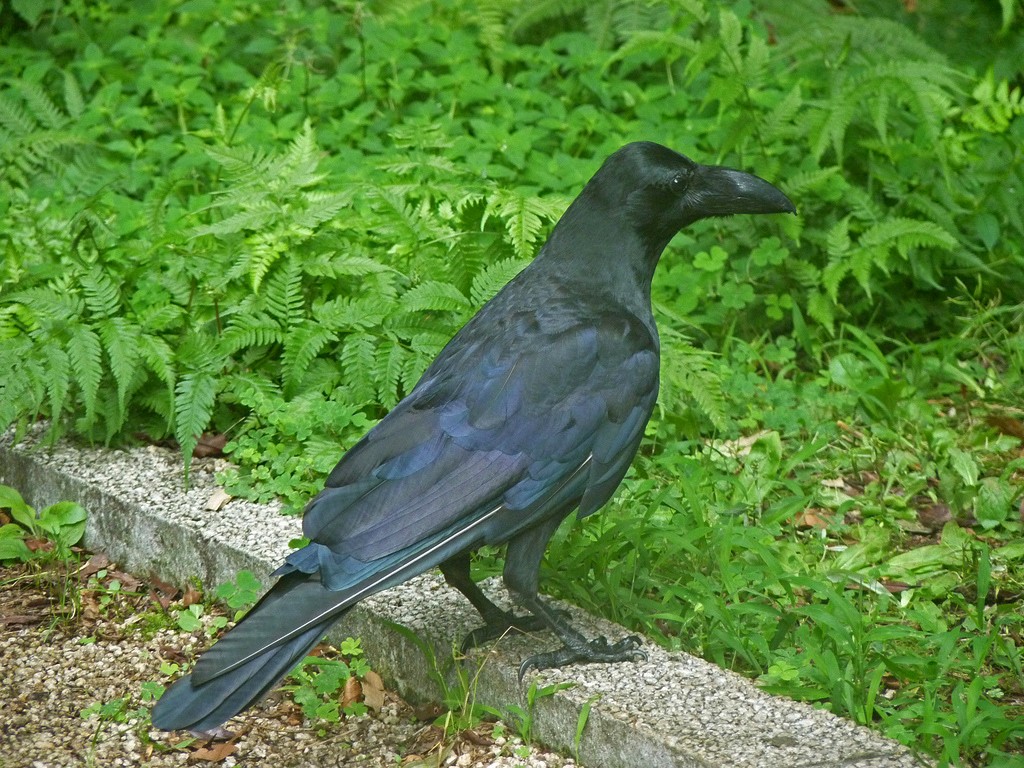Large-billed Crow
A species of Crows Scientific name : Corvus macrorhynchos Genus : Crows
Large-billed Crow, A species of Crows
Botanical name: Corvus macrorhynchos
Genus: Crows
Content
Description General Info
Description
The overall size (length: 46–59 cm; 18–23 in.) and body proportions vary regionally. In the far northeast in Japan, the Kuriles and the Sakhalin peninsula, it is somewhat larger than the carrion crow. All taxa have a relatively long bill with the upper one quite thick and arched, making it look heavy and almost raven-like. Generally, all taxa have dark greyish plumage from the back of the head, neck, shoulders and lower body. Their wings, tail, face, and throat are glossy black. The depth of the grey shading varies across its range. 
Size
59 cm
Nest Placement
Tree
Feeding Habits
Large-billed Crow is omnivorous, consuming a wide range of food including carrion, plant material, and small animals. Known for bold foraging behaviors, it adapts well to urban environments, scavenging waste and demonstrating food caching. Large-billed Crow's diet flexibility and opportunistic feeding contribute to its pest status in some areas.
Habitat
Large-billed Crow's habitat encompasses forests, woodlands, and urban areas, with a range spanning from northeastern Asia to Southeast Asia. Adaptable, they favor varying elevations, including high-altitude zones such as the Himalayas up to 6400 meters. Often found near rivers and coastlines, these birds also utilize agricultural landscapes and accommodate well to human environments when necessary.
Dite type
Omnivorous
General Info
Feeding Habits
Bird food type
Distribution Area
The range of this species is extensive and stretches from the northeastern Asian seaboard to Afghanistan and eastern Iran in the west, through South and Southeast Asia, to the Lesser Sundas and Cambodia in the southeast. It occurs in woodland, parks and gardens, cultivated regions with at least some trees, but is a bird of more open country in the south of its range where it is not in competition with the common raven and carrion crow of the north. 
Species Status
Not globally threatened.
Scientific Classification
Phylum
Chordates Class
Birds Order
Perching birds Family
Crows and jays Genus
Crows Species
Large-billed Crow 